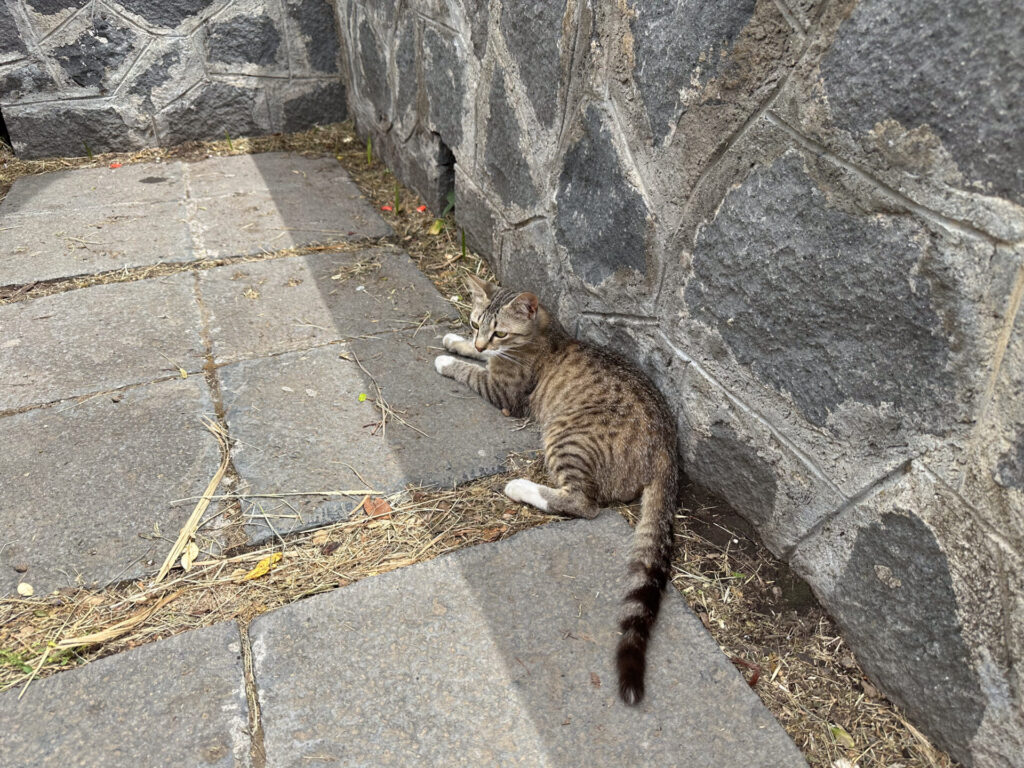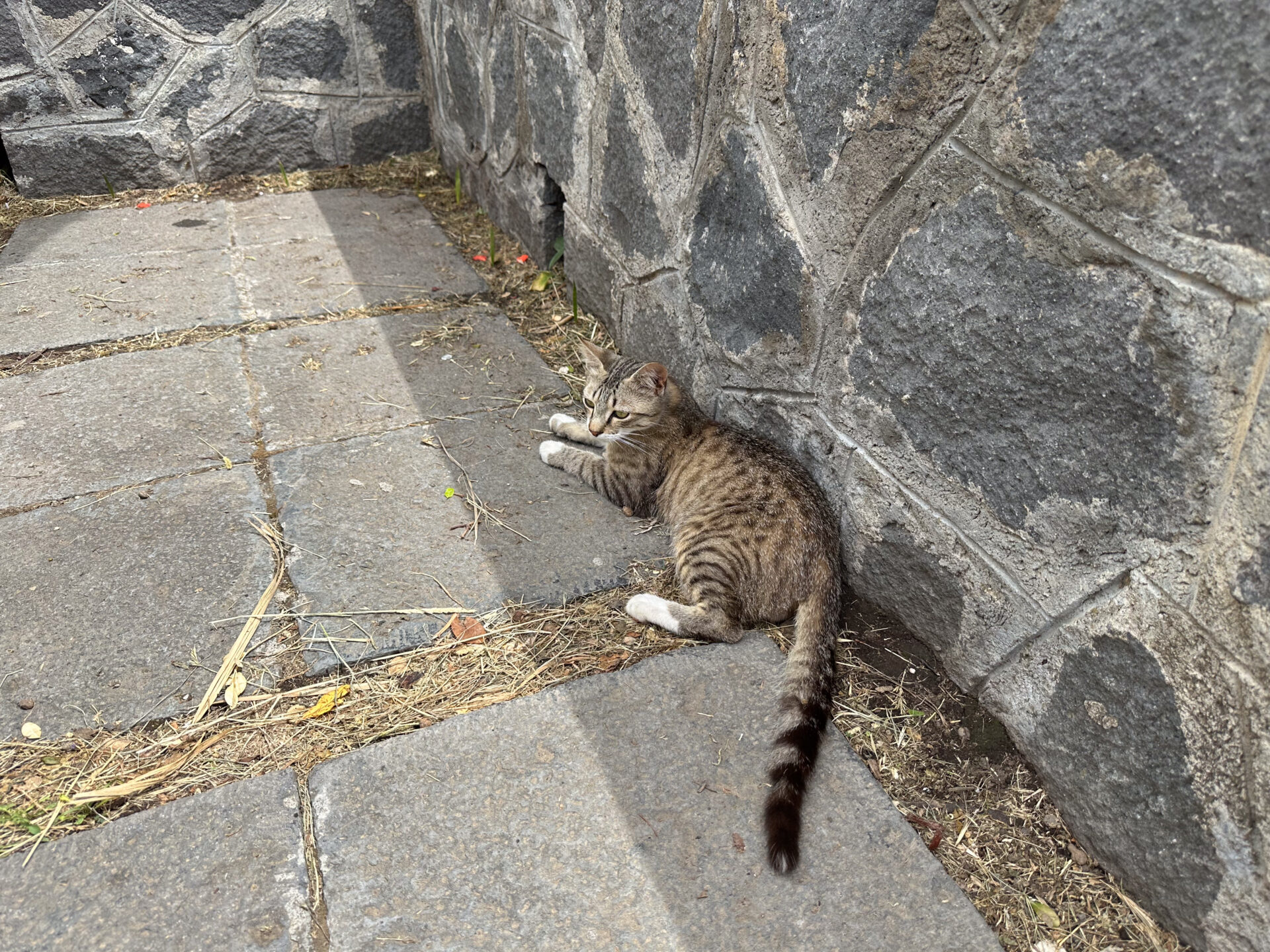Article by Leon Spiess

I’ve been doing a lot of highway driving for work, and it’s been somewhat disheartening. Driving in this country grinds your soul into a fine paste, but seeing so many “sleeping” cats on the side of the road makes the situation worse. I’ve been an avid cat lover since I was little, and while all of my cats have since passed on, the fondness still remains. I struggle every time I pass by the corpse of what could’ve been a beloved companion, or hell, even an abhorred companion, because they’re cats all the same. And part of that struggle is wondering why people don’t see it fit to keep their cats indoors.
Admittedly, it’s hard to convince people that it’s good to keep their cats inside. Cats are descended from wild animals, and they do occasionally beg to go out. People want what’s best for their pets, and the connection isn’t hard to make. The connection is often futile, as cats don’t really benefit from unrestricted access to the great outdoors. In fact, it can actually be deeply harmful to them, and it could all be completely avoided if cats were moved permanently indoors.
Adoption centers in the United Kingdom consider outdoor access to be a must for their cat owners, with some centers going so far as to make sure those looking to adopt don’t live near busy roads or train lines to decrease the likelihood of an accident. As a result it’s estimated that a quarter of a million cats in the UK are considered fully missing, with half of all surveyed cat owners saying their cat did go missing for a period of time but returned at a later date. While the United Kingdom is not the United States, their statistics are only larger than ours because of how many cats they let outdoors.
Disease, predation, accidents, and infection are all plagues on the modern outdoor cat. These things can kill them outright, or it can at least dramatically decrease their quality of life. So much so that outdoor-only cats are considered to have a significantly shorter lifespan compared to their indoor-only counterparts. Whenever this is pointed out, feral cats are inevitably brought up. After all they live exclusively outside all the time and they seem, on average, no worse for wear. But that could be because we simply have so many of them.
Cats reproduce exceptionally fast, exceptionally early, and have decent-sized litters that can almost double the size of a colony overnight. TNR (trap, neuter, release) is largely considered the best solution to this problem, but it can only reduce how many kittens an individual colony can produce. However, there isn’t enough TNR happening to reduce feral cat populations overall. If you let even one cat go unfixed, you could be looking at four to six new feral cats. All of which could be ready to produce kittens themselves in under six months.
Aside from this, TNR doesn’t stop feral cats from spreading disease amongst themselves and onto domesticated cats. Typically cats captured for TNR are inoculated against rabies, which is helpful in preventing the spread of rabies. But rabies isn’t the only threat cats face – there’s a lot of diseases and parasites we don’t have ready answers for. It’s also possible for cats to go untreated, because they’re either asymptomatic or don’t visibly look sick causing them to be passed over or missed for cats that look visibly worse.
Even if a prospective owner is willing to accept these potential risks, indoor-outdoor just isn’t the answer. Cats are domesticated, they like to be around us, and they’re a far cry from the wild animals they once were. We have fundamentally changed them in a way that no longer demands the exact same needs of their predecessors. Instinctual needs they do have can also be satiated in other ways absent of the risk outdoor cats face. Catios, and other types of enclosed porches are great enrichment for cats. They’re of course not always the most economically or spatially viable answer, but they are good for owners who can have them. Alternatively it’s possible, and quite easy (depending on the demeanor of the cat) to harness-train a cat, that way you can take them on walks. Owners also shouldn’t overlook the value of decent cat toys, like wands and springs, and food puzzle boxes to assist with mental stimulation. There’s an endless number of potential avenues to help keep your pet happy and healthy, and none of them necessitate unrestricted access to the outdoors.

